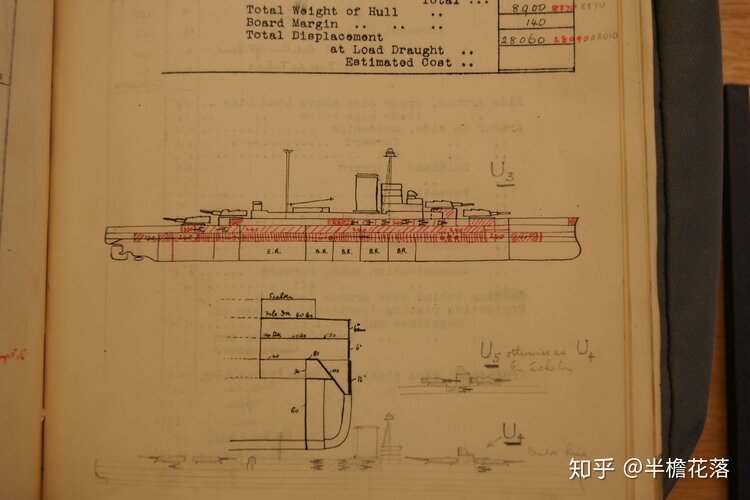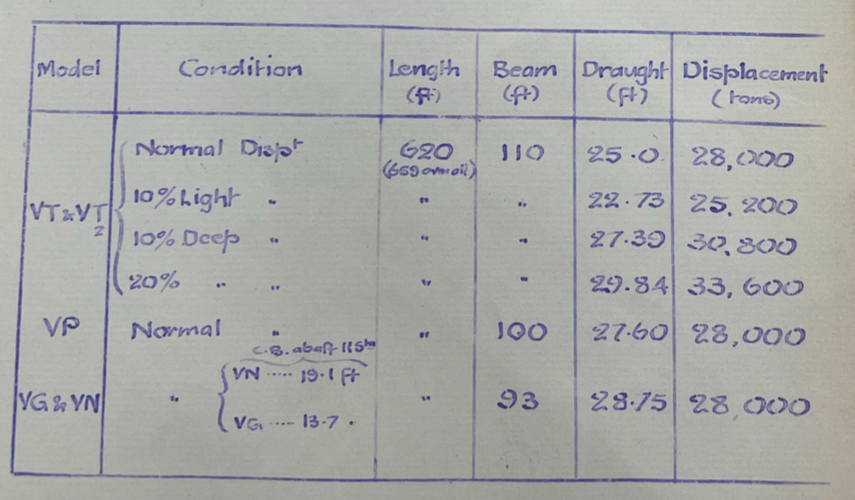Hood said:
Agreed on the lack of a conclusion, with a planned laying down date in early 1915 there was still time to finalise a design before lead-times dictated approval of the final design.
Sultan Osman I was seized on 31 July and commissioned on 7 August, Reşadiye was also seized on 31 July and commissioned on 22 August.
Agincourt, Resistance, Repulse and Renown were not formally cancelled until 26 August.
The Admiralty had re-assigned Agincourt's name before it had been officially cancelled but its clear it was already was a 'vacant' name by the end of July. It could be argued that it was a ready-to-use approved name, but in the same vein why did Reşadiye simply not become Resistance?
It doesn't look like either Resistance or Agincourt were ever formerly ordered. Guns and mountings for them never seem to have been, only for Renown and Repulse, which is why the Marshall Ney class and Glorious used the turrets from Ramillies, which were subsequently reordered and a delay accepted in Ramillies delivery. Courageous used the unused fourth turrets from Renown and Repulse.
So there may have been nothing to cancel, and Churchill was a fan of all things Agincourt, thus potentially making the use of the name a shoe-in. It would be interesting to know the actual reasoning behind the Canada and Erin names though.
Working back from the planned 25th January 1915 lay down date for the two 1914/15 ships also supports the idea that no final decision was made because it didn't need to be. It was possible to issue contracts almost immediately after receipt of the board stamp. Time between contracts being issued and ships being laid down varied significantly between a range of approximately 2-6 months which makes late July the beginning of that window in this case, but the process could have gone on into early autumn in extremis.
Building on the above, it seems the first two ships, the contract ships, of the 1914/15 programme were accelerated and ordered as soon as possible while the two ships to be built in the Royal Dockyards had to wait for available slipways. The available time ended up being used for a pair of extended debates, one about substitution and one about the exact design of at least one of the ships, only for the whole process to come to an end with the outbreak of war. I highly doubt that Churchill would have been able to convince the Board to drop the two capital ships in favour of submarines and his torpedo cruiser concept.
As to the actual designs, X4 is fascinating and it certainly seems logical to assume that it is from the same sequence as the X1 and X2 designs from mid 1914 and that it was being worked up following the rejection of X1, X2 and Y by the board. What I find most interesting about that model testing is the similarity with the A,B,C,D designs from Autumn 1915, almost as if once the Fisher inspired battlecruiser work was out of the way DNC picked up battleship design where it had been left twelve months earlier. This strongly suggests that Agincourt may have ended up being such a ship, and if not the 1915/16 ships certainly could have been. I have always been impressed by design A from 1915, has anyone ever attempted to draw it?
As far as I can make out, part of the trade for accelerating the two contract battleships from the 1914-15 programme was ordering the dockyard ships later as a means balancing expenditure, in combination with the availability of shipyards that would have given plenty of time for developing designs. Also, worth noting that Churchill seemed to be moving the fourth ship from the 1915-16 programme into the 1916-17 programme rather than abandoning it outright.



